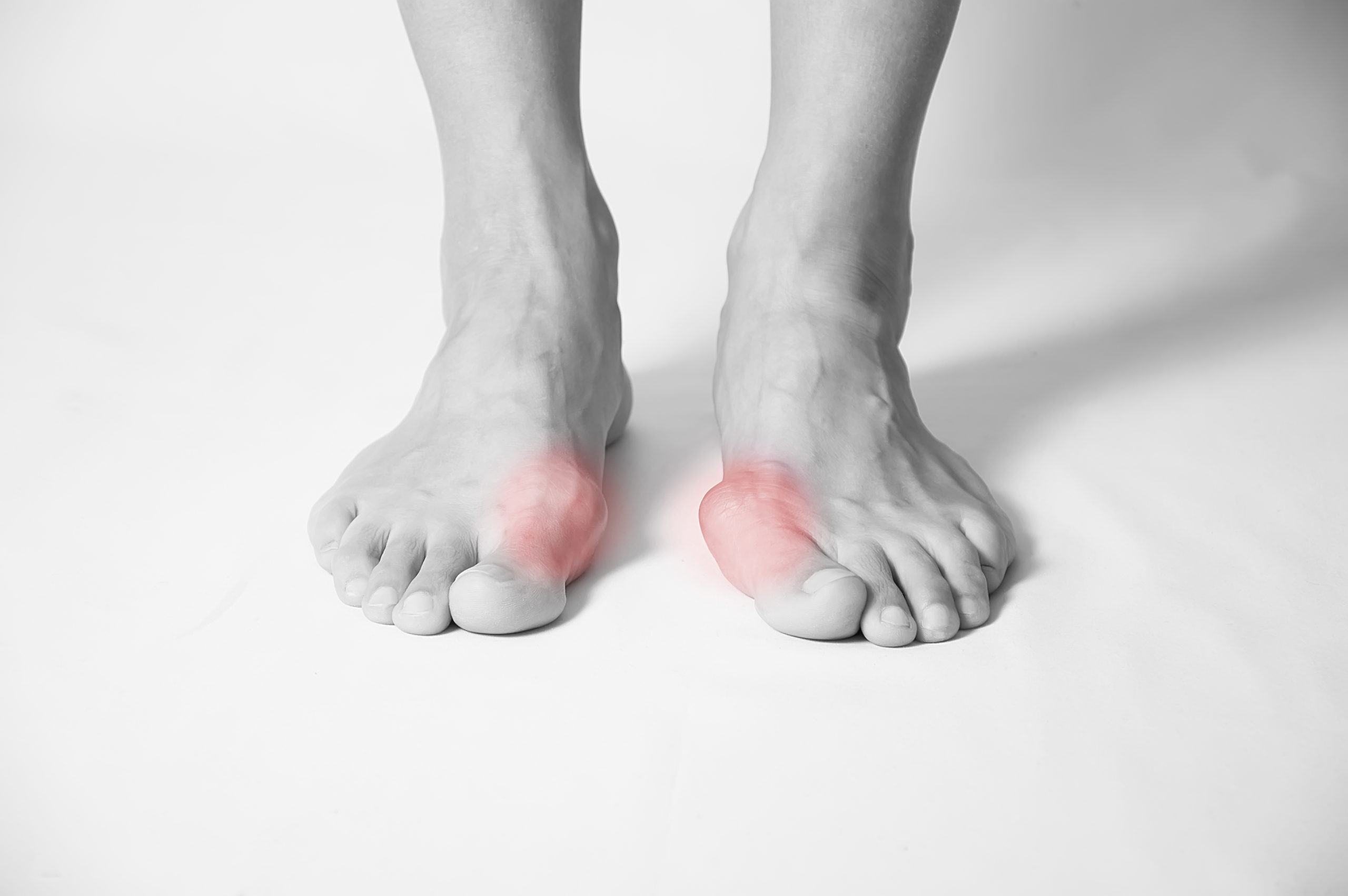What are ganglion cysts?
Ganglion means “knot,” and refers to a mass that is firm and knot-like beneath the skin’s surface. Ganglion cysts are masses of thick fluid that typically develop just beneath the skin’s surface near a joint or sheath of a tendon. Ganglion cysts on feet usually develop on the top of the foot just in front of the ankle, or on the side of the ankle. It is common for ganglion cysts to change in size and even disappear, but if they often disappear spontaneously, they can return again later. Most ganglion cysts are not painful or serious, but they can cause discomfort due to pressure from shoes or nearby nerves, resulting in tingling of the toes.
Causes of ganglion cysts
The exact cause of ganglion cysts is unknown, though some theories suggest that traumas, perhaps repeated small or micro-traumas, may be involved. What is known is that the underlying tissues are weaker than nearby tissues, most often around a joint or in a tendon sheath. These weak areas become enlarged like a balloon, resulting in a pocket, or capsule that fills with a thick jelly-like fluid.
Are ganglion cysts dangerous?
Ganglion cysts are not dangerous for most patients, although they may cause discomfort and interfere with the ability to comfortably wear shoes. Depending on its location or size, a ganglion cyst can press on nearby nerves — resulting in tingling across the tops of the toes. Since some types of masses could be cause for concern, it is important to have a podiatrist evaluate any lumps, bumps, or other enlargements and abnormalities to differentiate between ganglion cysts and more serious conditions. Other types of masses include lipomas, fibromas, and giant cell tumors. An examination by a podiatrist typically includes a physical examination of the mass, followed by x-rays. An MRI or CT usually isn’t necessary unless your podiatrist suspects that the cyst extends deep into the foot or ankle.
Ganglion cyst treatment is either surgical or non-surgical. Some small cysts require no treatment at all. Non-surgical treatment can be effective in reducing or eliminating a cyst, but the recurrence rate without surgery is approximately 70 percent.
Non-surgical treatment for ganglion cysts
Non-surgical treatment for a ganglion cyst typically includes fluid aspiration. During this procedure, a local anesthetic is administered and a large needle is inserted into the mass in an attempt to draw out the fluid. It may require several attempts in different areas of the cyst, which may be difficult due to the thickness of the material.
Surgical treatment for ganglion cysts
Surgical excision, or removal, of a ganglion cyst can occur under local, intravenous, or general anesthesia depending on the size and extent of the cyst. It requires care to ensure that nearby nerves are not damaged. Surgical removal of a ganglion cyst includes finding the “tail,” or end of the cyst, which is located in the joint or tendon sheath where the cyst originates. It is important that the tail be identified and removed with the cyst to minimize the likelihood of recurrence.
For most patients, sutures and a bandage are all that are needed with some ankle and foot exercises in the days after surgery. Some patients, however, may require a splint, walking boot, or cast depending on other conditions that may be present. Patients who spend time on their feet at work may require some time off while they recover, and it may take up to six weeks before athletes can return to practice or game play.
If you have a lump, bumps, or other abnormality of the foot or ankle, call Kansas City Foot Specialists today to schedule an evaluation at (913) 338-4440 so we can help determine the cause of your problem and get you back on your feet.


